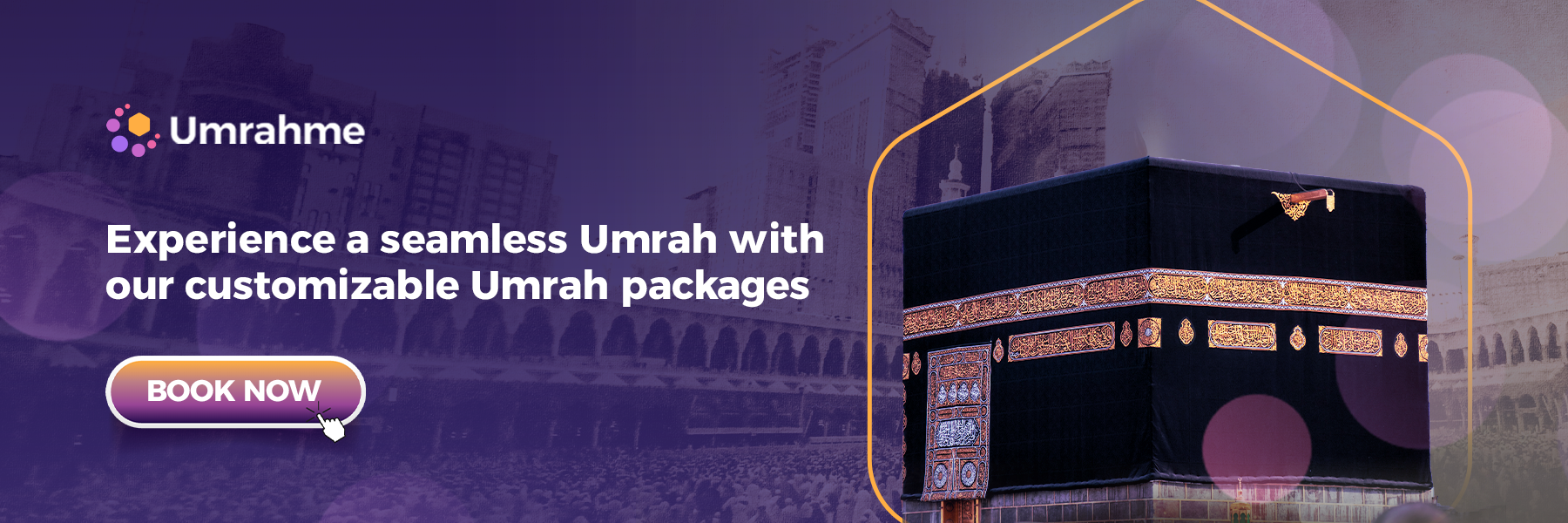The Historical and Qur’anic Significance of Tawaf and Sa’i

Embarking on the sacred journey of Umrah is a monumental spiritual milestone for Muslims worldwide. Amidst the tranquil ambiance of Makkah, pilgrims engage in various rites steeped in deep historical and religious significance. Among these many rituals, Tawaf and Sa’i stand out as profound practices, intertwined with remarkable historical events and Qur’anic verses that underlie their meaning.
Tawaf: An Act of Faith and Devotion
Tawaf, the act of encircling the Kaaba, is a ritual reflecting unwavering devotion and the unity of Muslims in worshiping Allah. Pilgrims encircle the Kaaba seven times, mirroring the actions of Prophet Ibrahim (Abraham) and his son Isma’il (Ishmael), who built this sacred structure under divine guidance from Allah many centuries ago.
“…And [mention] when We made the House a place of return for the people and [a place of] security. And take, [O believers], from the standing place of Abraham a place of prayer…” (Surat Al-Baqarah, 2:125)
The Tawaf ritual signifies not only a physical movement but also a spiritual circulation around the central point of the Islamic faith. It embodies the unification of all pilgrims, from every corner of the globe, harmoniously moving together in one collective act of devotion and surrender to the Almighty.
Sa’i: The Ritual of Perseverance and Reliance on Allah
Sa’i involves pilgrims walking back and forth seven times between the hills of Safa and Marwah. This rite is imbued with the unyielding spirit of Hajar (Hagar), the wife of Prophet Ibrahim, and her unshakable faith in Allah during a moment of desperate need.
“Indeed, as-Safa and al-Marwah are among the symbols of Allah. So whoever makes Hajj to the House or performs ‘umrah – there is no blame upon him for walking between them…” (Surat Al-Baqarah, 2:158).
Hajar’s pursuit for water in the barren desert, leaving her infant son, Isma’il, near the Kaaba and running between the two hills, is a testament to absolute reliance on Allah’s will and mercy. The appearance of the Zamzam Well in response to baby Isma’il’s foot striking the earth symbolizes Allah’s boundless mercy and sustenance to those who place unwavering trust in Him.
Closing Reflections
The rituals of Tawaf and Sa’i are profound beyond mere physical acts; they are expressions of deep-rooted faith, unyielding trust, and a harmonious blend of devotion and submission to Allah’s will. Pilgrims, as they tread upon the same paths, are not only honoring the historical and religious milestones but are also internalizing the quintessential lessons of reliance on Allah and unity in diversity.
Umrahme invites you to experience these sacred rituals for yourself, offering you a seamless journey that ensures your sole focus remains on the spiritual essence of your Umrah.
Book your Umrah package today, and let us take you there.








